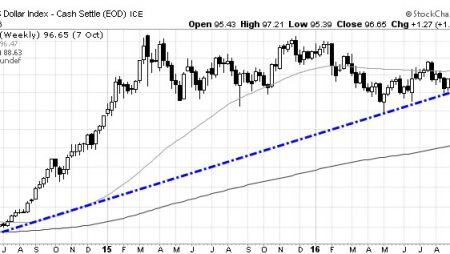Calculating Pip value
One of the best trades of my life actually made an extra mad extra due to the appreciation of the same currency. I sold USD/JPY several years ago when it traded at 118.75. I knew there was an important G7 meeting over the weekend, so I placed an anticipatory sell stop on the expectation of a volatile weekend session.
Over the next several weeks, the yen gained on the dollar down to 112.00. When I took profit on the retracement at 113, I noticed that the pip values changed in the past two weeks. It started at $8.47 per pip, but when I closed the trade, it was worth $8.84. The pips that I earned themselves gained an extra 4% in value while I held the trade. How did that happen?
How to calculate the value of a pip
Currencies are quoted in terms of the base currency and the counter currency. When you say, “I bought 1 standard lot of GBPUSD”, what that means is that you bought £100,000 in exchange for selling the equivalent amount of US dollars. GBP in this example is the base currency. USD is the counter currency.
If the current exchange rate of GBPUSD is 1.5500, then it takes £1 to buy $1.55. Buying £100,000 means that you sold $155,000.
Pip values come into play when the price changes. Say that the price increases by a single pip to 1.5501. You still own only £100,000. The dollar value, however, just increased.
The dollar cost of your trade was $155,000 (£100,000 * $1.5500 /£ = $155,000.)
The current dollar value of your trade is $155,010 (£100,000 * $1.5501 /£ = $155,010.)
You made $10 on a single pip trading a standard lot, meaning that the value of 1 pip is $10. The math is the same for mini lots and micro lots. The only difference is that the pip value is directly proportional to the money management and position size that you trade.
Calcualate pip values when USD is not the counter currency
That last example was as straight forward as it gets. The US dollar was the counter currency. All of the pip values stay in dollars, making it easy for American traders to keep a tally on their profits and losses. It gets more complicated when the counter currency, which is the second currency in a pair, does not use US dollars. That includes when the base currency includes dollars. USD/CAD and USD/JPY are good examples of this. The dollar is the base currency, but CAD and JPY are the counter currencies.
The current price of the USD/JPY is 76.90. Buying 1 standard lot means buying $100,000. That necessitates selling the equivalent amount of Japanese yen. $100,000 * ¥76.90 / $ = ¥7,690,000
When the price rises one pip to 76.91, the value of this investment just rose ¥1,000.
$100,000 * ¥76.91 / $1 = ¥7,691,000
The pip value is ¥1,000, which is where I left off with the example of the dollar acting as the counter currency. ¥1,000 sounds a lot more exciting than $10. Unfortunately, we must bring that number back into dollars for it to make any sense.
¥1,000 * $1/¥76.91 = $13.00 per pip
Calculate pip values when USD isn’t in the forex pair
We can calculate the pip value in dollars, even when neither the base nor the counter currencies include US dollars. Let’s choose a cross pair to make the example a little more real.
NZDCAD trades at 0.77405. NZD $100,000 = CAD $77,405. When the price changes 1 pip to CAD $77,415, the trader earns $CAD 10. Now we have the same issue that we did when trading JPY. CAD $10 isn’t very useful to an American trader. Now, we have to go grab the price of CAD in USD in order to determine the pip value.
USDCAD trades at 1.03612. $CAD 10 * $1 / CAD 1.03612 = $9.65. The US dollar value of one pip on NZDCAD is $9.65.


